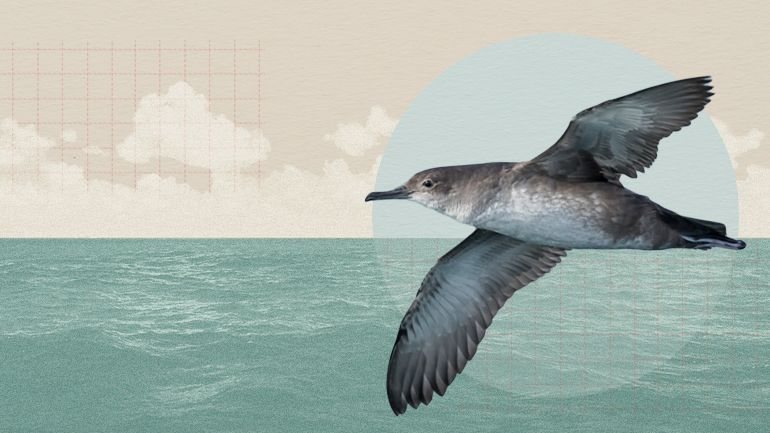Millennia before Ibiza became synonymous with crazy parties and Formentera a holiday paradise, Balearic Shearwaters lived and bred peacefully on the Balearic Islands, blessed by warm Mediterranean breezes, between Morocco and southern Spain. But then the Man came. And, with it, species that did not exist in the archipelago. “Cats and mice have become the shearwater’s top predators. The rats destroy the eggs and chase the young. Cats even take advantage of adults. This sea bird did not evolve with this presence and, therefore, it did not acquire natural mechanisms to defend itself”, explains Joana Andrade, 45, a biologist from the Portuguese Society for the Study of Birds (SPEA).
This invasion increased the pressure on a species with intrinsic characteristics that are not well adapted to large-scale multiplication: they take longer than other bird species to reach reproductive age, and females lay only one egg per year. “In addition to other threats, such as accidental capture in fishing gear, plastic and other garbage in the sea, light pollution and climate change, which cause changes in their availability of food,” explains the biologist.
For all these reasons, the Balearic shearwater is the most endangered seabird in Europe. There are only about 25 thousand individuals, among which 3142 breeding pairs. The threat of extinction is critical: each year it loses 7% of its population. If nothing is done to reverse this trend, these small beings endemic to the Balearic Islands will disappear in three generations, approximately 80 years.
Efforts are being made in Portugal to prevent this from happening, since this bird is a regular visitor to our waters. The Balearic shearwater is a philopatric animal, that is, it returns to its birthplace to reproduce; although, in between, they undertake migrations. The bird chose the Portuguese Atlantic coast to live part of the year, generally from July to October. The regions between Aveiro and Nazaré, Cabo Raso and Cabo Espichel, around Cascais, and Cabo de São Vicente, to the south, are the preferred destinations. “In 2015, these areas were designated as Special Protection Zones, which allows us to better monitor populations and develop projects aimed at their preservation,” says Joana Andrade. SPEA has been trying to understand how to reduce the impact of fishing gear, such as seining, on Balearic shearwater bycatch. “They see the fish accumulated in the nets and they dive to capture them, getting trapped or crushed in the middle of the schools. They are very small birds.
Among the techniques tested, one has obtained encouraging results: the presence on board of frightening parrots, whose silhouette, imitating a bird of prey, scares off the shearwaters when the nets are thrown. Since it was men who transported the main predators of the Balearic shearwater to their paradise island, it is good that they are also the ones who find effective methods to save it.
Common name: balearic shearwater
Scientific name: Puffinus mauretanicus
Conservation status (in Portugal): critically endangered
Distribution in Portugal: Mainly between Aveiro and Nazaré. Also in the Berlengas Islands, Cabo Raso, Cabo Espichel and Cabo de São Vicente
Main threats: Predators like cats and mice. Bycatch in fishing gear
Average dimensions: 78 to 90 centimeters; 460 to 560 grams
This is the first of ten articles on endangered marine species found in Portugal. Next Saturday we will present another one.

Source: Observadora
